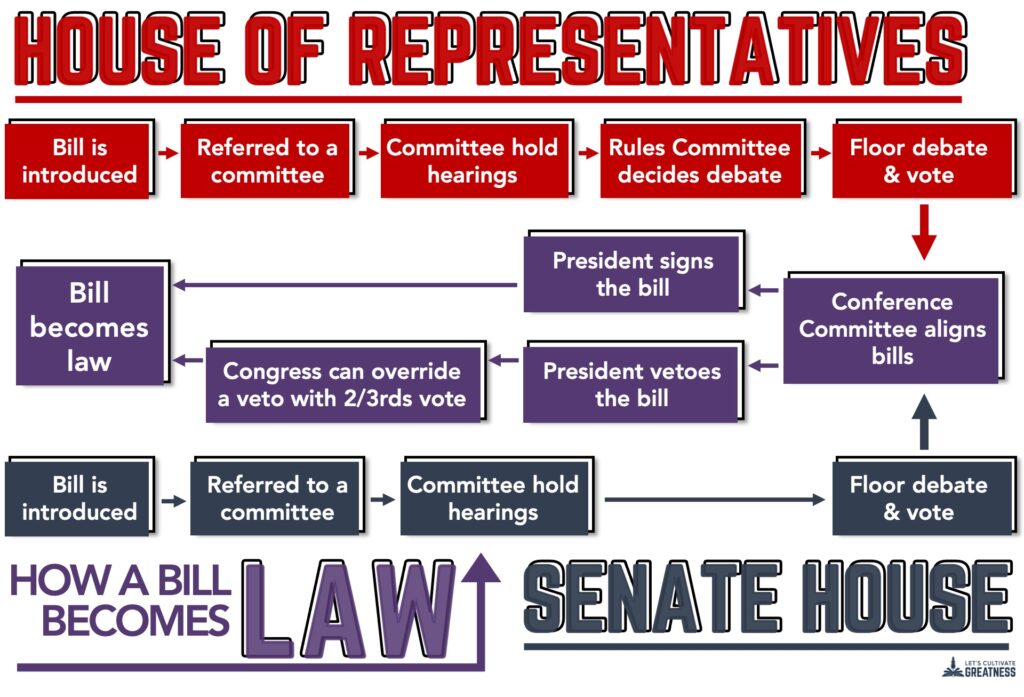How is a costs entered legislation? – Ever questioned just how those concepts drifting around Congress in fact come to be legislations? It’s a remarkable procedure, a little bit like a legal rollercoaster, with spins, transforms, and a lot of quits along the road. Allow’s damage down the trip a costs draws from first principle to main legislation.
It all begins with a concept. This concept might originate from a participant of Congress, a person, or perhaps a team of individuals. When a concept is recommended, it’s composed right into an official expense. This expense is after that presented to your house of Representatives or the Senate. Think about it like going down a stone right into a fish pond; surges spread out, and the procedure starts.
The Journey Through Congress: The expense’s trip with Congress is generally a marathon, not a sprint. It experiences boards, where professionals discussion and fine-tune it. Picture a team of cooks sampling and readjusting a dish. Often, costs are boosted, in some cases they’re turned down totally. After board job, the expense is disputed on the flooring of your house or Senate. Participants of Congress go over the expense, deal modifications (modifications), and ballot on it. It’s a vibrant atmosphere where disagreements are made, and concessions are looked for.
- First Reading: The expense is presented and provided a title.
- Committee Review: Experts examine the expense and hold hearings.
- Floor Debate: Members of Congress go over the expense.
- Voting: Members elect on the expense.
From One House to the Other: Once a costs passes one residence (like your house of Representatives), it transfers to the various other (the Senate). This back-and-forth can include a great deal of arrangement and concession. Often, various variations of the very same expense arise in each residence. A seminar board is developed to resolve these distinctions, similar to a moderator looking for a commonalities. Think about it as a joint editing and enhancing session, where everybody goes for an end product that pleases both homes.
Presidential Action: After both homes accept the expense in the same kind, it’s sent out to the President. The President can either authorize the expense right into legislation, or veto it. Congress can attempt to bypass the veto with a two-thirds ballot in both homes if the President vetoes the expense. The expense instantly ends up being legislation unless Congress adjourns throughout that time if the President takes no activity within 10 days (leaving out Sundays).
Becoming a Law: Finally, the expense, currently a legislation, is released in the Federal Register. From concept to legislation, it’s a procedure that typically includes cooperation, concession, and a great deal of effort. It’s a testimony to the autonomous procedure at the workplace.

